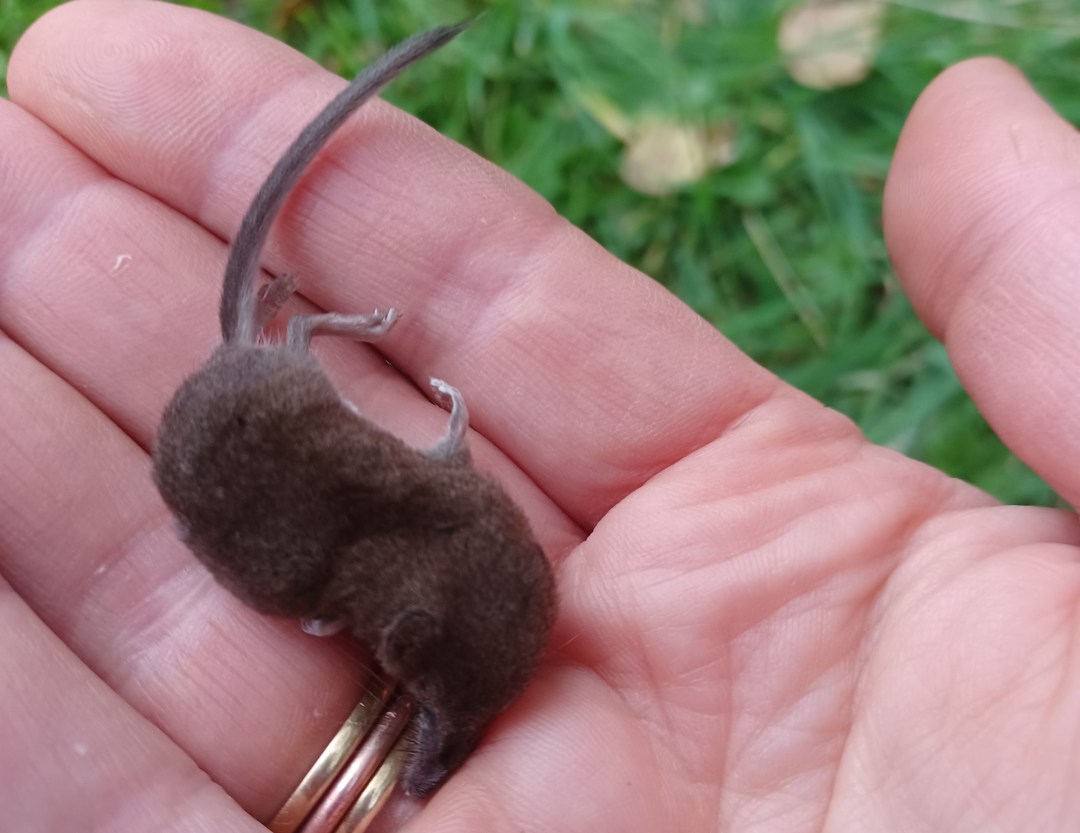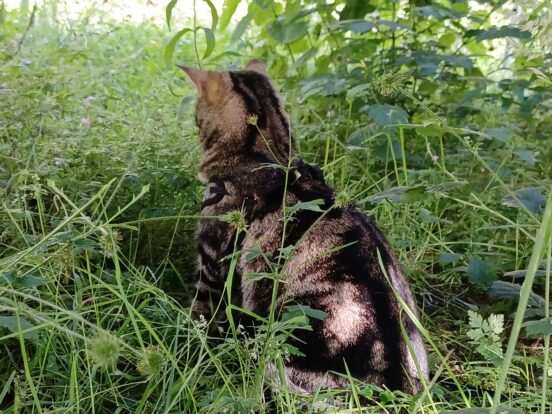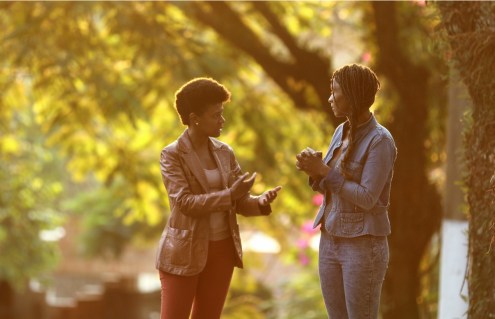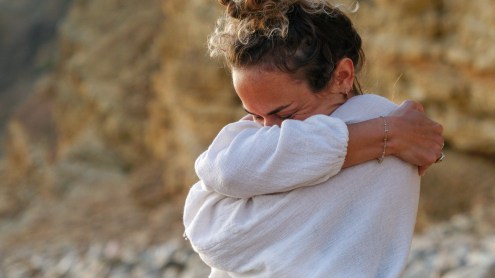This is what death looks like
..and why we need to keep cats on leads

This is what death looks like:
small,
silent,
still.
Nothing remarkable.
No great fanfare of mourners,
no pagentry,
just a leaf of brown fur curled up in the soil.

This is what murder looks like:
charming,
engaging,
entertaining,
loveable,
fun.
Ignore the sharp eyed claws
and jaws,
the precise pounce,
the silent stealth
of unsuspected ending.
Not everything is as it seems.
Images of unsuspecting horses stampeding from the Icelandic volcano,
the beauty of hooved escape.
Yet behind them is the more sinister tale of herdsmen who knew their impending fate,
knew through seismic science
the volcano was about to scream
and throw
molten rage
at their passivity,
their arrogance,
their denial,
for those herdsmen knew,
many moons before,
that the earth would tremble and spew
and yet they did nothing.
We are all doing nothing.
We are doing nothing about all the things we know are wrong.
We do nothing with all the science,
all the papers,
all the data,
all the facts.
This is what murder looks like,
to stand by
and do nothing.
Nothing at all.
My cat did not kill that vole,
together we found it curled up in the dew,
we sniffed and stroked it.
I felt sad
and spoke some words of gratitude for its still, soft, fragile beauty.
My cat did not kill that vole because I make a choice to harness our foundling kitten,
to walk together,
connected,
both of us restrained by the other.
Restraint is not a word we like to use,
not sexy,
not fun,
so tight and clipped.
Yet our restraint allows space for others to flourish.
My cropped consuming,
in a tiny way,
may allow,
more trees to grow,
fewer children to have their fingers torn in dark, rank rooms so I can disposably look good.
Death and Murder,
symbiotically connected,
neither looking as first they seem,
We are all both of them,
and will continue to be,
all the time we look away,
and see what we want to see,
A cute cat,
killing
a pointless thing.
I love my cat, but I also love the birds, mammals and insects in the garden. He doesn’t need food, we feed him well. Time moving slowly in the garden with him has connected me more mindfully to the nuances of light, shade, squeak and buzz. He has shown me toads, voles, mice and insects which I never otherwise would have seen without him as my partner.
I chose to walk him on a harness because the evidence of destruction that domestic cats cause is incontrovertible.
We have choices and this is one, what will you chose?
Domestic Cat Predation on Wildlife – ‘between 1st April and 31st August 1997. A total of 14370
prey items were brought home by 986 cats living in 618 households.’
How Many Birds do Cats Kill? – ‘cats in the UK catch up to 100 million prey items over spring and summer, of which 27 million are birds.’ (RSPB)
Domestic cats and their impacts on biodiversity: A blind spot in the application of nature conservation law – ‘To illustrate, the 14,370 prey items brought home by a sample of 986 British pet cats in a 5-month survey period in 2003 included 20 mammal species (e.g. mice, voles, shrews, squirrels, stoats, rabbits and bats), 44 bird species, four reptile and three amphibian species and some invertebrates (Woods, McDonald, & Harris, 2003)’
Cat survey reveals impact on birds – “The density of cats in urban environments is the biggest issue,” Thomas says. “Even if a cat isn’t killing often, there are so many of them in a small area that they can have a very serious impact. Owners might think their cats only catch two or three birds a year and that won’t make any difference, but they need to understand all the other pressures that wildlife is under from habitat loss and environmental change.”
The 232 animals in this photo were killed by house cats in just one year – ‘ around 100 million prey items between Spring and Summer, of which 27 million were birds – and not counting the creatures the cats didn’t bring home’
Pet cats have a ‘catastrophic impact’ on local wildlife when allowed to roam free – ”Humans find joy in biodiversity, but we have, by letting cats go outdoors, unwittingly engineered a world in which such joys are ever harder to experience.’
To work with me to improve your well-being get in touch through my site. I have also produced lots of online materials (some of which are free) to suppport you.
Julie Leoni
Coach, author, podcaster, facilitator, Yoga and psychology teacher, learner
I have over 30 years of experience and qualification in various therapeutic and meditation/mindfulness based approaches. I work with change. Some changes we chose, others happen to us. Sometimes we know we want to change but don't know how. Sometimes we don't want to change but external events or people are forcing us to change. The menopause, children leaving home, the end of a relationship or job, becoming a parent, coming out, bereavement are just some of the personal changes I support people with. I also work with people who want to make changes to their life and wider world in response to social issues such as Covid, the climate crisis and racial, sexual and gender inequalities. Times are changing whether we want them to or not and we need to be nimble, agile, curious and open in order to part of the new story emerging. Work with me to get clear on what matters to you, what makes your heart sing and what kind of future you want for yourself and those you love. It is possible to live differently, get in touch to explore how.



